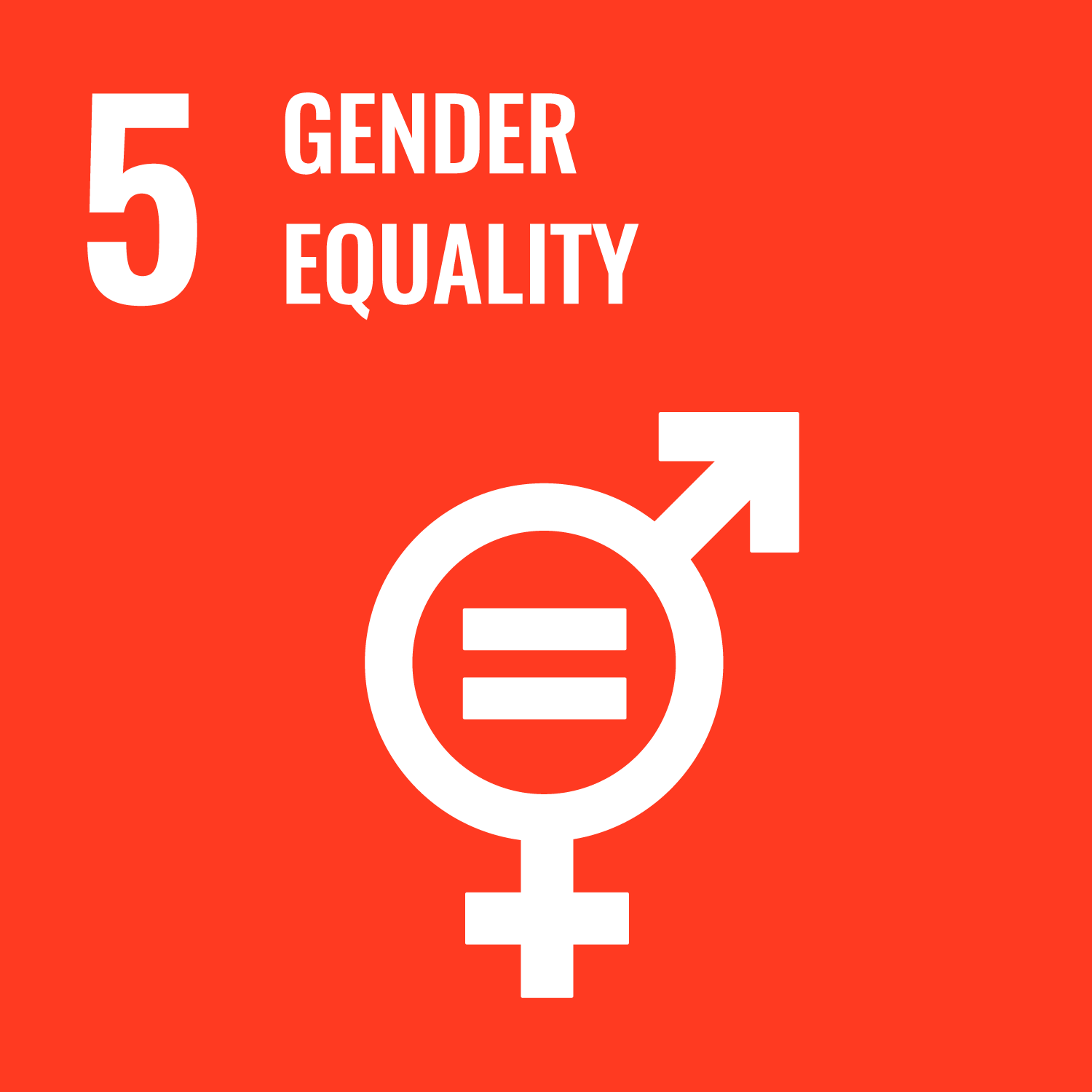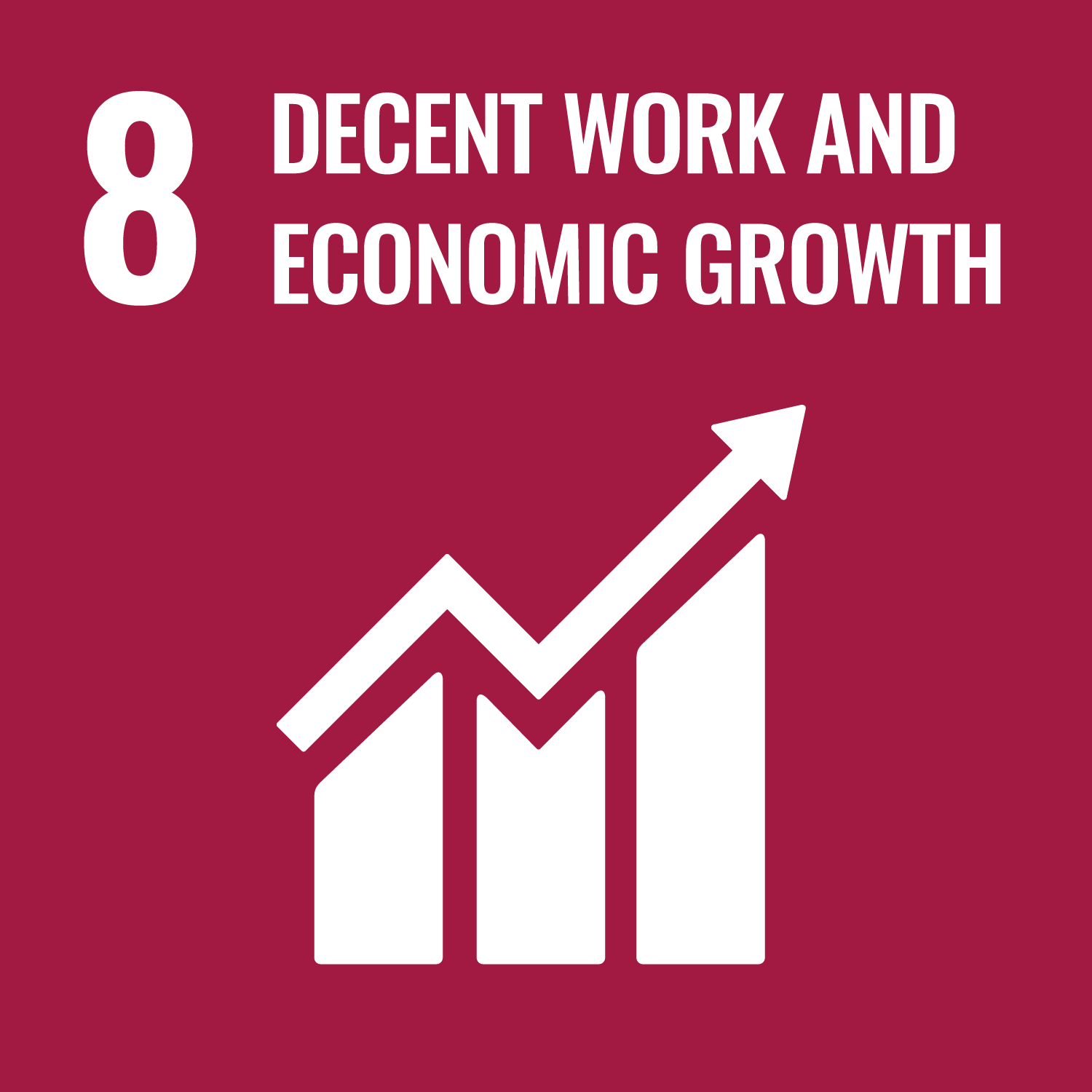Girls’ education drives sustainable development
Impact
Emission Reductions
The climate benefits of investing in girls’ education are exceptionally powerful, as they accumulate over time.
The benefits unfold slowly at first, as marginalized communities in low-income countries tend to have very low carbon emissions. The transformational effects of education take time to manifest.
But year by year, these positive effects build and accumulate and eventually, this steady accumulation of avoided emissions creates a multiplying effect. What begins as a gradual shift becomes a powerful driver of both climate resilience and social progress, reaching across generations and creating broader systems change.
At Katla Carbon, we model this long-term impact over a 50-year period. Our approach captures the cumulative climate benefits of education as they grow over time — recognizing that real, lasting climate solutions are rooted not only in carbon quantification, but in equity, dignity, and human potential.
Human Rights
Ensuring education for marginalized girls in low-income countries can be a powerful act of advancing human rights, especially in impoverished communities where child marriage and unplanned teenage pregnancies are common. Education is the strongest tool we have to help girls avoid these outcomes.
In school, girls gain knowledge about their rights and learn about topics like sexual and reproductive health — often for the first time, as these subjects can be considered taboo in many communities. This knowledge gives them greater agency to make informed decisions about their bodies, their futures, and their lives.
Supporting girls’ education is one of the most effective ways to promote freedom, dignity, and lasting change.









